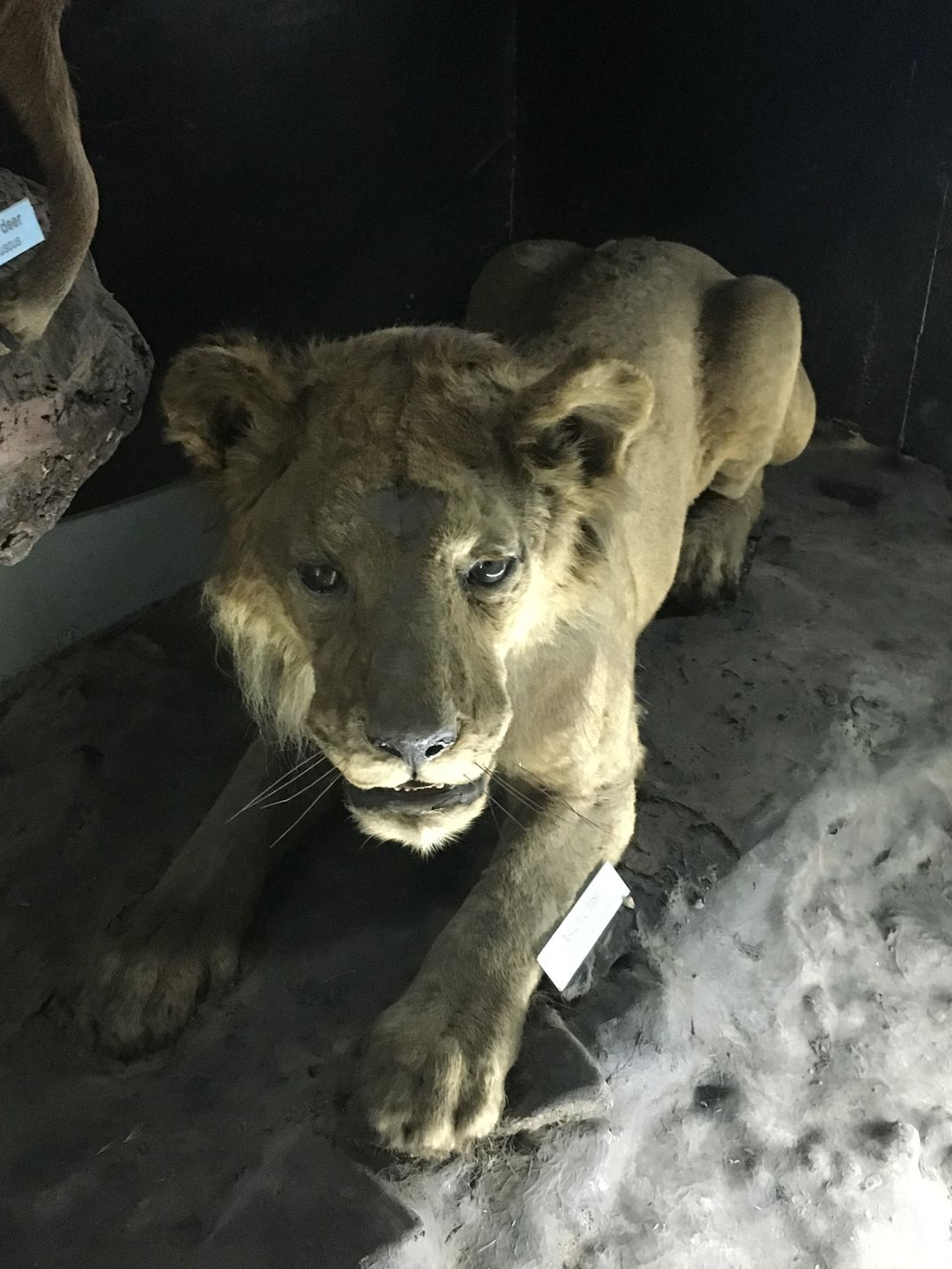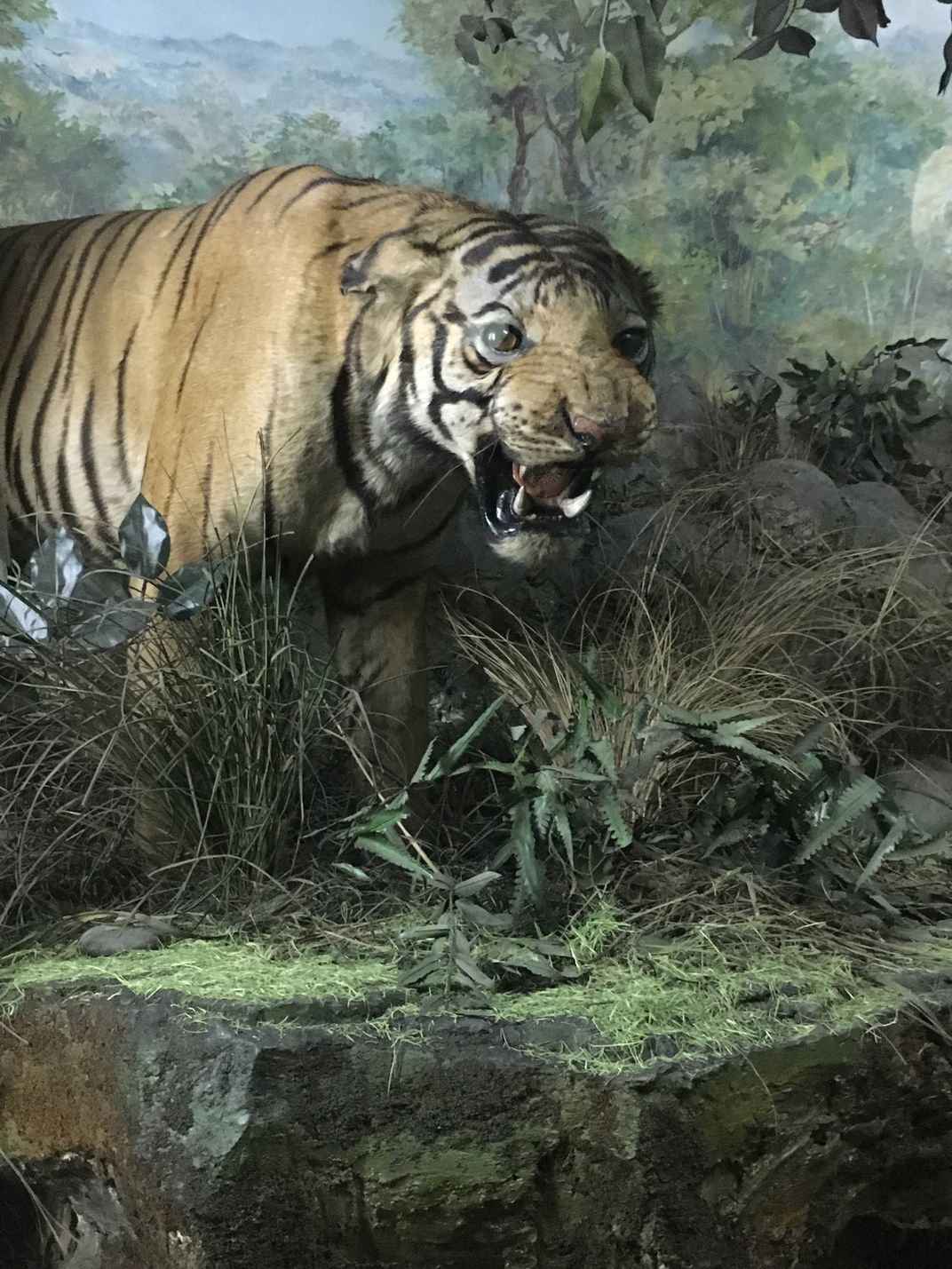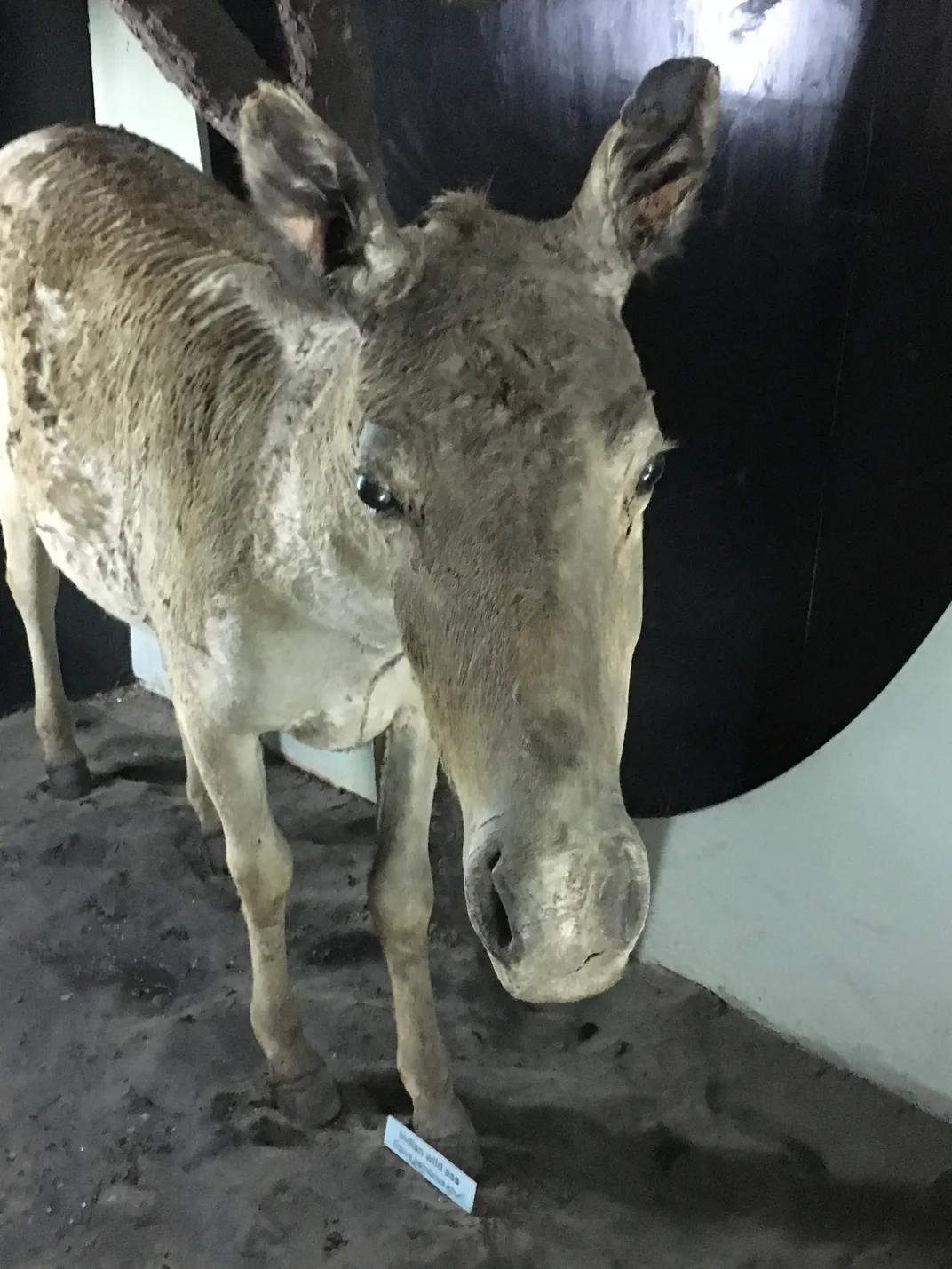Fire Devastates New Delhi’s National Museum of Natural History
A late night blaze guts one of India’s favorite museums, destroying valuable collections and exhibits
/https://tf-cmsv2-smithsonianmag-media.s3.amazonaws.com/filer/d2/3a/d23a18c6-49b2-4cdd-90cd-e64bb6bf4f14/ap_386610078737.jpg)
At around 1:45 a.m. on Tuesday, security personnel from the National Museum of Natural History in New Delhi, India, called emergency services to report a fire on the top floor of the six-story museum building. As the flames quickly spread, 35 fire engines and dozens of firefighters were dispatched to fight the blaze.
“The fire began on the top floor and spread to four floors below. We used six cars with hydraulic platforms to douse the fire in the top floors,” Deputy Chief Fire Officer Rajesh Pawar tells the Indian Express. "[The] other 30 teams were fighting the flames from within the building interiors.”
There were no employees or visitors trapped in the building at the time, but during the operation, six firefighters were treated for smoke inhalation. “The wooden partitions to separate different wings of the museum on each of the four floors fed the fire,” says Pawar. “The specimens, the stuffed animals and the chemicals some specimens were preserved in were all highly combustible. That is why the fire spread so rapidly.”
WATCH: Fire which broke out at Delhi's Natural History Museum at around 2 am today morning (earlier visuals)https://t.co/ygh6K86G4Y
— ANI (@ANI_news) April 26, 2016
The museum was established in 1972, and is beloved by generations of school children in New Delhi for its collection of stuffed big cats and a fossil from a 160 million-year old sauropod dinosaur.
“The fire at National Museum of Natural History is tragic,” Prakah Javadekar, India’s environment minister whose department oversees the museum tweeted Tuesday morning. “The Museum is a natural treasure. The loss cannot be quantified.”
According to Andrew Marszal at the Telegraph, an assessment of the specimens and materials lost during the fire will be carried out over the next few days once the structure is secure. It is assumed large collections of mammals and birds were lost, but there is hope that exhibits on the first floor of the museum, which include the museum’s most valuable specimens, may have been spared.
“The valuable exhibits including stuffed animals of endangered species were on the first floor, but the fire started higher up,” museum scientist M. Vijay tells Marszal. “There are various dinosaur parts too but they are all fossils. Don’t worry, they can’t be destroyed by fire.”
The museum also houses a reference library of more than 15,000 books, which may have also been damaged, as Euan McKirdy reports for CNN.
The fire was likely worse than it needed to be. Inoperable pumps in the building meant firefighters had to rely on the water in their tanker trucks for the first two hours of the blaze. The museum rents its space from the Federation of Indian Chambers of Commerce & Industry (FICCI), but the federation denies claims that there were any safety issues with the building.
“All fire safety measures were in place. This building is approved and cleared by the Government of India. We host functions for the government and big dignitaries frequently in these premises,” FICCI spokesman Rajiv Tyagi tells the Indian Express. “In a fire this big, nothing would work anyway. This fire is a serious case of an accident.”
There have been concerns about the state of the museum for a while, though. According to Marszal, a parliamentary report in 2012 criticized the “pathetic functioning” of the museum and recommended moving the exhibits to a more modern facility.
So far, the cause of the fire has not been determined. In the wake of the disaster, Javadekar has announced upcoming fire safety audits at the 34 museums his agency runs throughout India.



